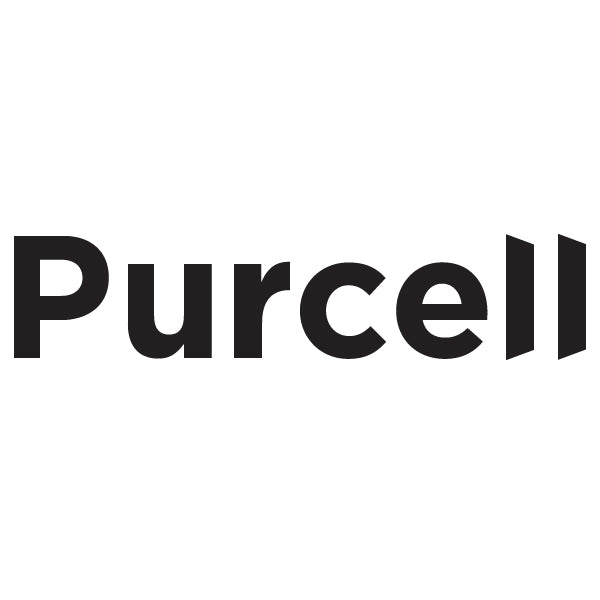The integration of Internet of Things (IoT) technology into the food system can revolutionize how we understand consumer behavior and preferences, leading to significant impacts across various aspects of the food industry. Here's how IoT can connect the food system and enhance understanding of consumer purchase habits:
- Real-Time Data Collection: IoT devices like smart shelves and RFID tags can track the movement and condition of food products in real-time, providing valuable data on consumer buying patterns and preferences. Purcell dispensers actively track usage and can inform brands and retailers on consumer buying habits.
- Supply Chain Optimization: By monitoring the supply chain, IoT can help in reducing waste and improving efficiency. This includes tracking the freshness of produce, managing inventory levels, and optimizing delivery routes based on real-time demand. Purcell dispensers can track product inventory in real time and automate the purchasing process enabling just in time fulfillment.
- Personalized Marketing: Data collected through IoT devices can be used to understand consumer behaviors more deeply, allowing for targeted marketing strategies. This includes personalized promotions and recommendations based on individual consumer preferences and buying history.
- Consumer Engagement: Smart packaging and apps can engage consumers by providing additional information about the product, such as origin, nutritional content, and recipes. This can influence purchasing decisions and improve customer loyalty.
- Predictive Analytics: By analyzing data gathered through IoT devices, businesses can predict future buying trends and consumer needs, allowing them to adjust production and supply accordingly. This can lead to more efficient operations and reduced waste.
- Enhanced Food Safety: IoT technology can monitor food conditions throughout the supply chain, alerting stakeholders to potential safety issues like temperature deviations that could lead to spoilage. The Purcell cartridge system can be tracked with more ease than a pre-packaged product from manufacturing to store.
- Sustainable Practices: IoT can help in tracking and reducing the environmental impact of food production and distribution, encouraging sustainable practices.
- Cost Reduction and Efficiency: With better inventory management and supply chain optimization, food businesses can reduce costs and increase efficiency, ultimately benefiting the consumer with better prices and fresher products.
- Quality Control: Continuous monitoring of food products ensures consistent quality, enhancing consumer trust and satisfaction.
- Consumer Insights and Feedback: IoT devices can facilitate direct feedback from consumers, allowing manufacturers and retailers to adapt quickly to changing preferences and improve product offerings.
In summary, the integration of IoT in the food system offers a comprehensive approach to understanding consumer behavior, optimizing supply chains, enhancing food safety, promoting sustainability, and improving the overall consumer experience. This technology-driven approach can lead to more informed decisions, both for businesses and consumers, within the food industry.

